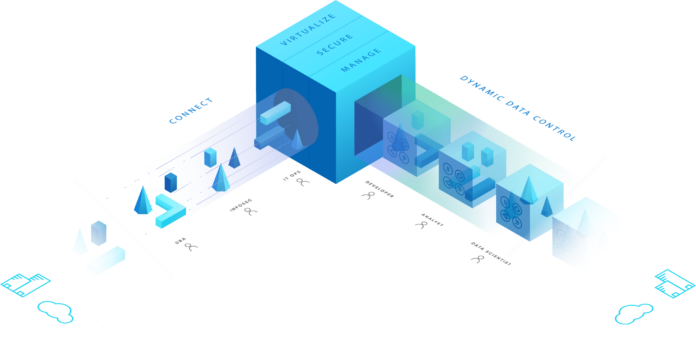We are in the modern era of data platforms, where we have complete solutions to collect, analyze and visualize data from multiple systems in your organization. It takes a long time for an organization to build a data platform that meets the needs of its users, think it through and implement it from start to finish based on use cases.
Platform features
Data is complex and there are many sources of information available. A modern information platform must have the following features to effectively manage complex data and multiple data sources.
- Keep it simple. The essence of an information platform is to democratize information and make it simple from the start. The platform should be simple and involve as few steps as possible, from registration to creating link sources. Components should be built using open standards and integration should be facilitated by providing REST APIs for components.
- Self-service. When an organization is data-driven, data cannot be siloed. Different teams in the organization can use the platform intuitively to understand the context and get information.
- Sustainability. Modern data platforms are robust and have separate data and compute layers. This increases the availability and scalability of computing power when you need it. Costs are also optimized as computing power is flexible and scales automatically.
- Cost-effective intelligence. Modern computing platforms include batteries. Teams can use the platform’s business intelligence infrastructure to publish results as applications and dashboards. This enables a faster generation of information.
- Data security. If your data is not stored in the cloud, make sure your SaaS solution protects your data. You must comply with federal laws and policies set by the data owner.
No matter how you build or evaluate a potential paid data platform, make sure it includes these important features.
Build or buy
Let’s turn to the question of whether to build or buy. Compare the different components of a data platform and their pros and cons.
Data collection
Platform interfaces should support the extraction and loading of different data sources in the form of micro-batches and data streams. With fewer computing resources, it is preferable to transform data after loading. If you buy a data platform, you will have widely used connectors from the start. However, if new resources or elements not supported by the platform need to be connected to the database or data warehouse, implementing a pay-as-you-go solution requires significant effort.
Data transformation
Maintaining data quality is another important element of the data platform. Quality can be maintained by performing transformations on data downloaded from a repository or data warehouse. The transformations are executed as SQL scripts on top of the data warehouse. SQL skills are therefore essential for the whole team. Paid data platforms allow users to perform basic and complex transformations in Python. In the open-source world, these transformations are driven by SQL and Python.
Data storage
Implementing a cloud data platform requires that the data set and data store are hosted in the cloud. So, for a data warehouse, there can be an object store or an analytic database to build the data warehouse, or even the best combination of the two, which we now call a lake-centric island. The choice of this part of the data platform is key, as the whole data flow and transformation depends on it. The object layer must have minimum latency and high SLA. The storage had to be robust, durable and scalable. The repository must be modified to allow IT resources to be used for the transformation.
Business intelligence
Key requirements include the flexibility to build applications, design dashboards and aggregate data. Features of a good business intelligence tool include the flexibility to create applications, design dashboards, and upload data. With this in mind, open-source tools are easier to use, but it is best to use purchased visualization tools to create dashboards and develop more scalable visualizations. This can have a huge positive impact on reaching potential customers and increasing business growth.
Conclusion
Building and buying a data platform can be viewed in terms of cost versus productivity. It is always good to have a data platform that is efficient enough to drive the growth and potential of your organization. Use some of these metrics to help you make the best decision for your business.
Follow and connect with us on Facebook, LinkedIn & Twitter

